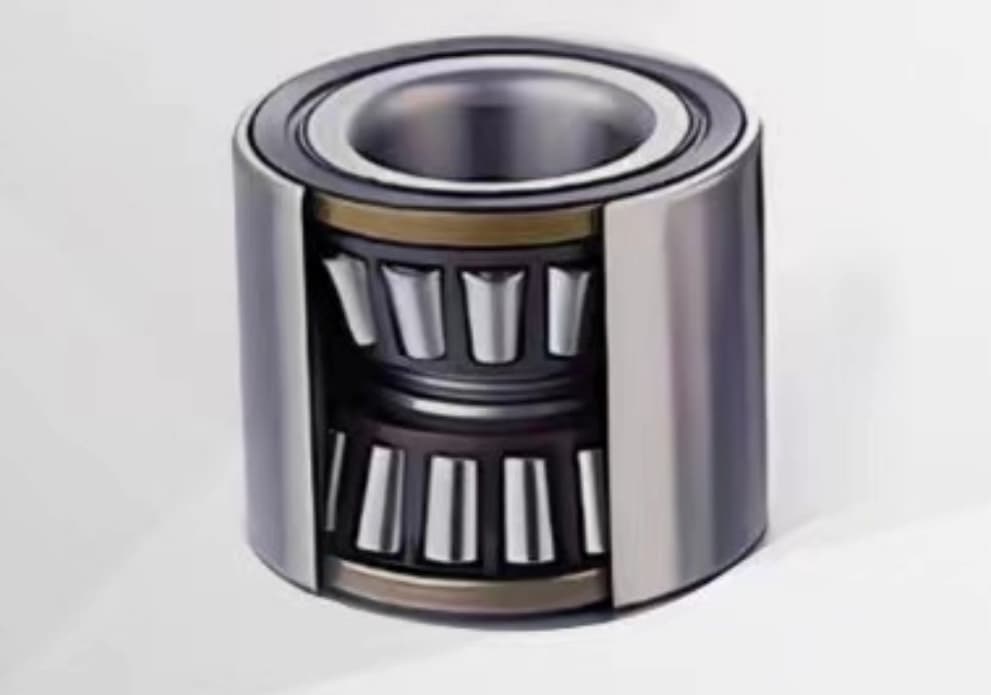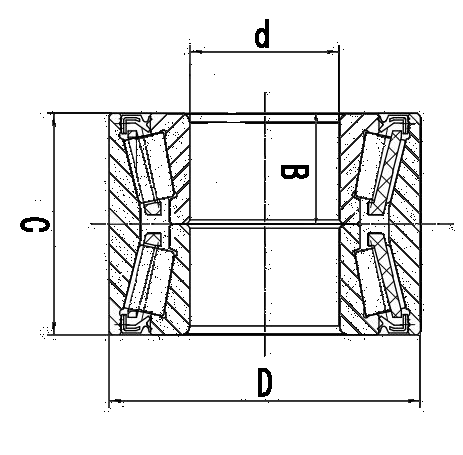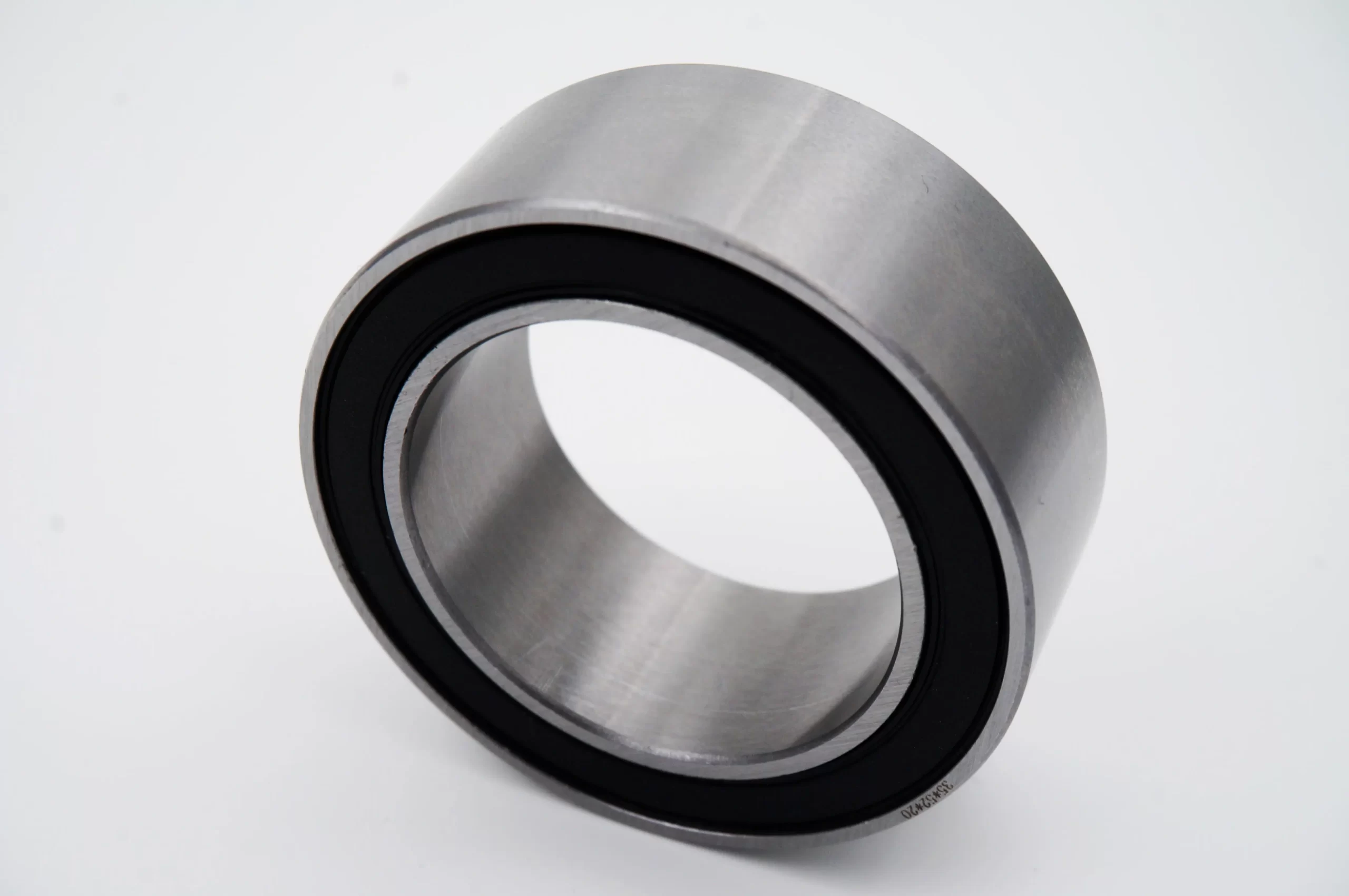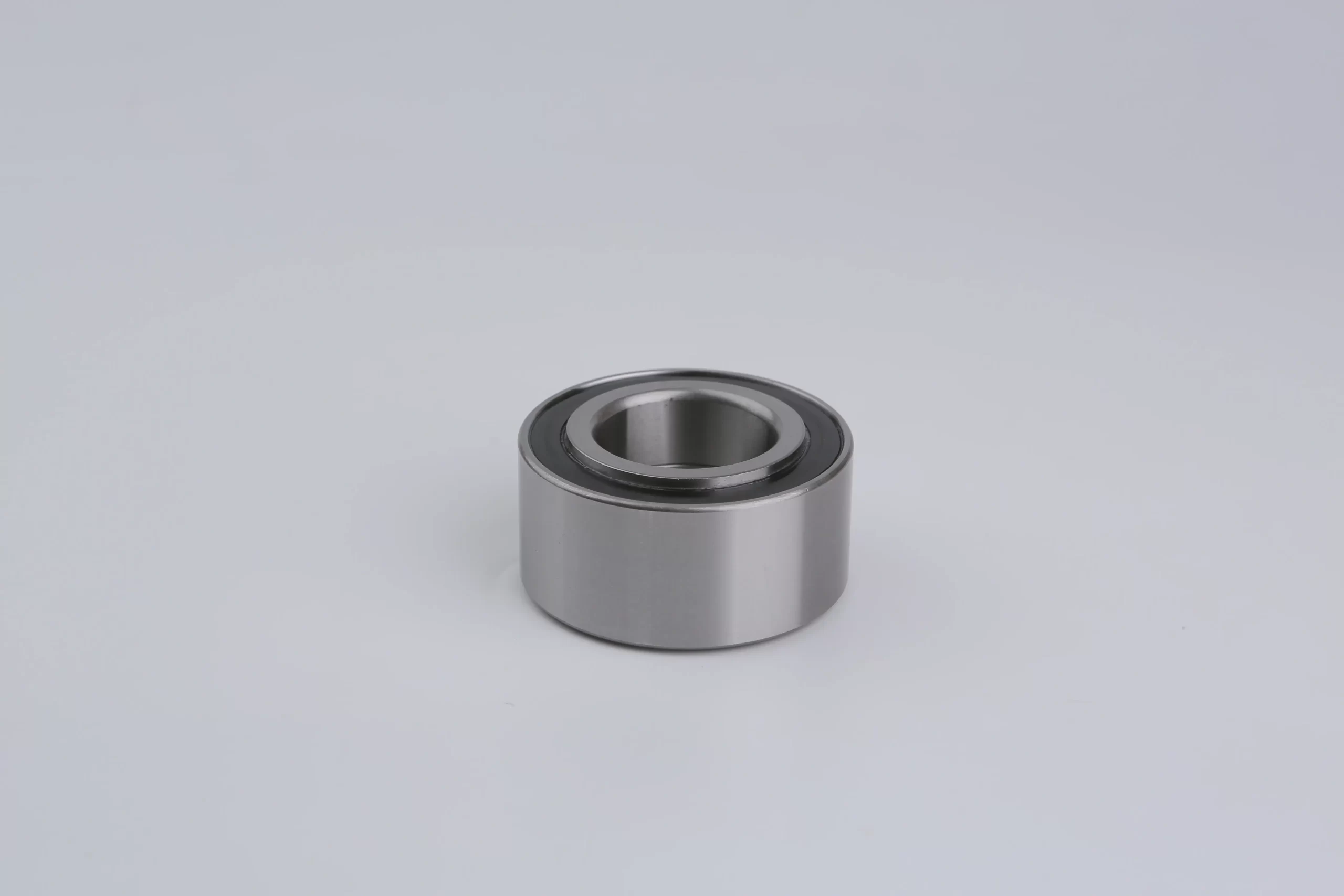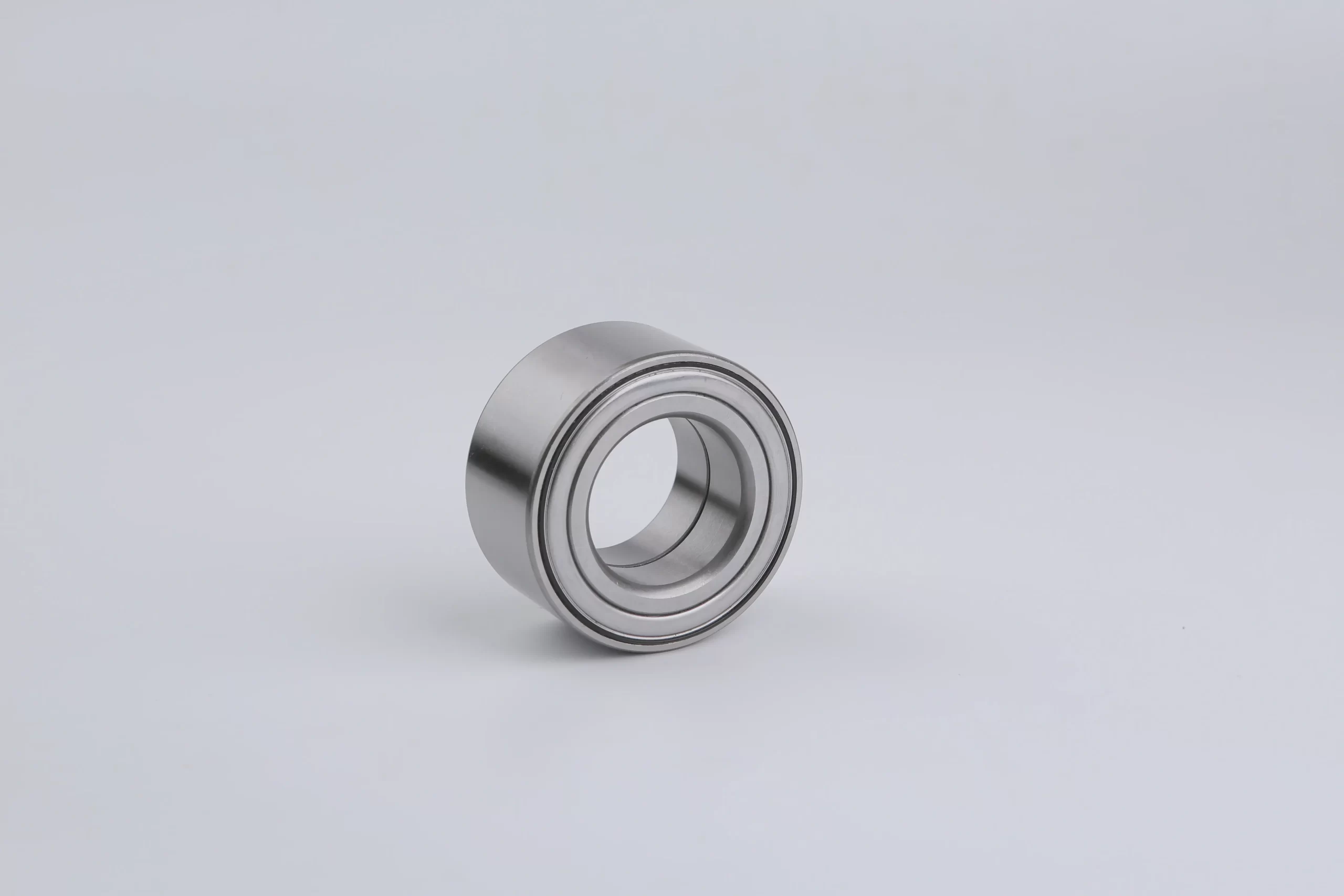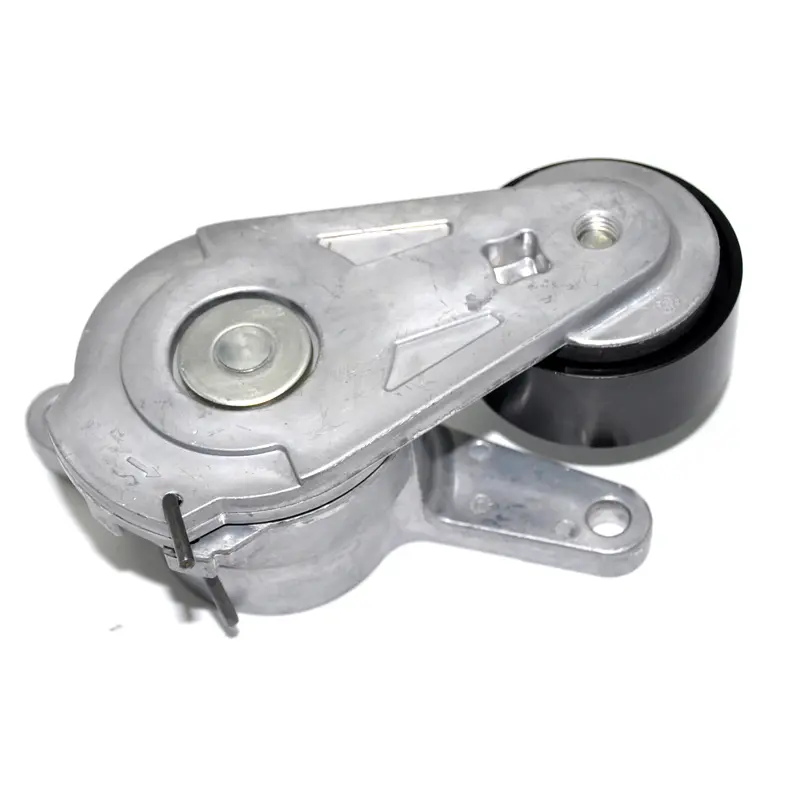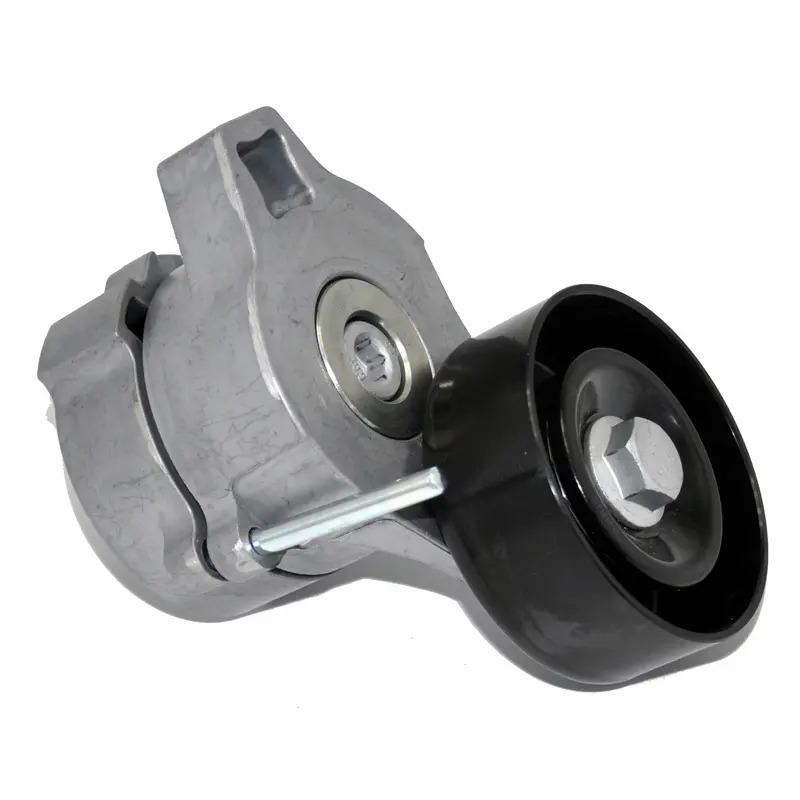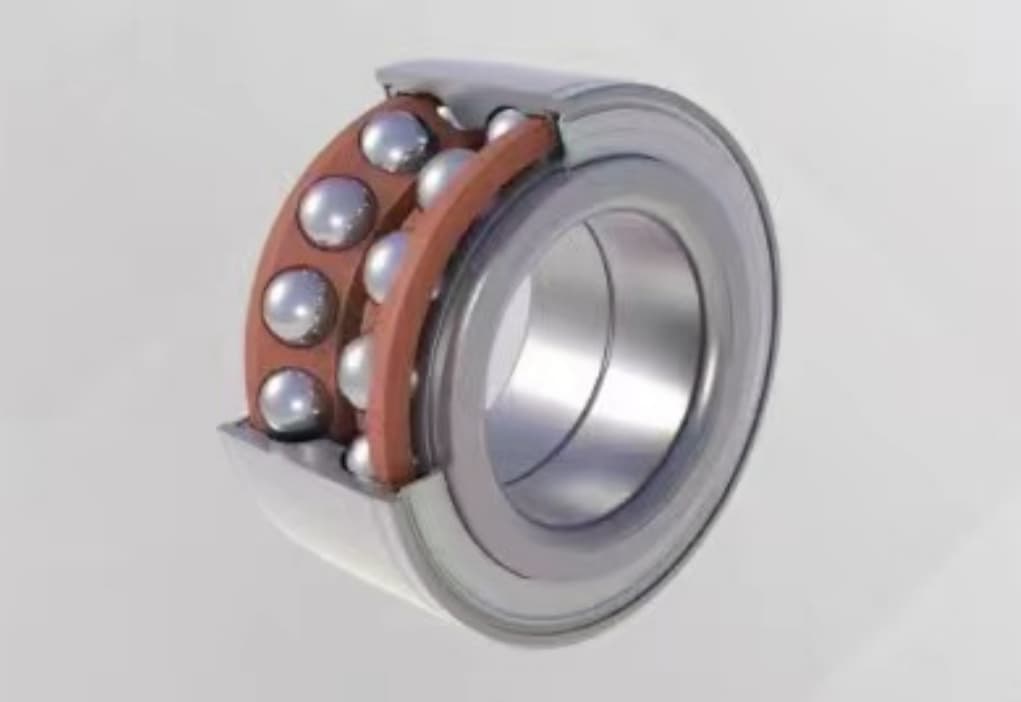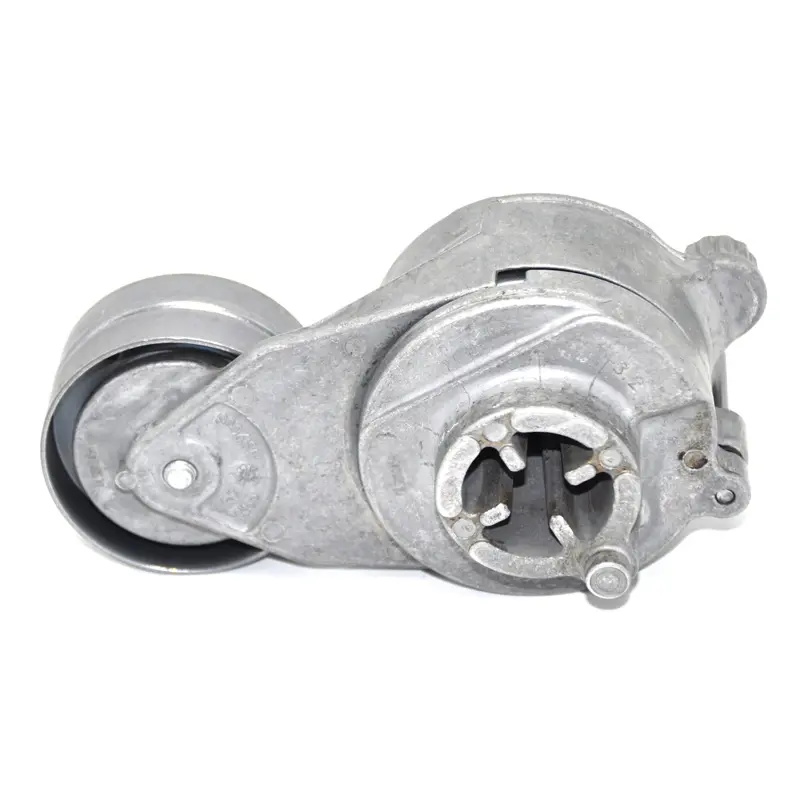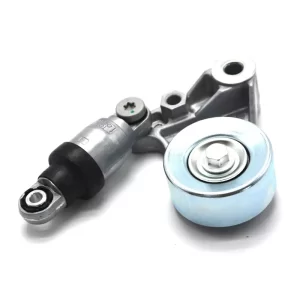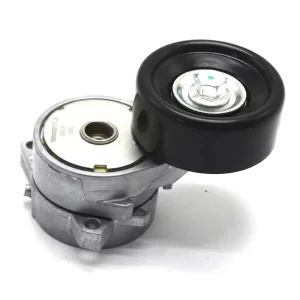Design and Structure of Double Row Tapered Roller Bearings
Tapered Rollers
Double row tapered roller bearings are engineered to manage substantial radial and axial loads from both directions, making them crucial for high-demand applications. The rollers are arranged in two rows, each positioned with a precise taper that facilitates optimal load distribution. This design minimizes stress on the rollers and extends the bearing’s lifespan.
- Roller Design: The tapered shape of the rollers allows them to make contact at a more extensive angle with the raceways. This ensures an even distribution of load and enhances the bearing’s ability to handle significant forces. The design also helps in reducing stress concentrations, leading to greater durability.
Inner and Outer Rings
The inner and outer rings, also known as the inner and outer races, form the core structural components of the bearing. These rings are meticulously engineered to provide a perfect fit for the tapered rollers, ensuring efficient load transfer and minimizing wear.
- Ring Material: Typically crafted from high-strength steel, the rings are heat-treated to increase their hardness and resistance to wear. This material choice and treatment are crucial for maintaining the bearing’s performance under heavy loads and harsh conditions.
Retainer
The retainer, or cage, plays a vital role in maintaining the bearing’s functionality. It spaces the rollers evenly and prevents them from coming into contact with each other, which is essential for smooth operation and reduced friction.
- Cage Functionality: The retainer helps to prevent roller skewing and misalignment, which can lead to premature wear or bearing failure. Its design ensures that each roller operates independently within its designated space, enhancing overall efficiency.
Seals
Sealing technology is integrated into the design to protect the bearing from external contaminants such as dirt, water, and debris. This protection is essential for maintaining long-term performance and preventing premature bearing failure.
- Seal Types: Advanced seals are used to keep lubricants within the bearing and shield it from environmental contaminants. This feature is crucial for maintaining lubrication levels and ensuring the bearing operates smoothly over its lifespan.
Applications of Double Row Tapered Roller Bearings
Automotive Wheel Hubs
In the automotive sector, double row tapered roller bearings are commonly employed in wheel hubs, providing essential support for wheel rotation. They are used in both front and rear wheel hubs, where they handle significant radial and axial loads.
- Function in Vehicles: These bearings ensure smooth wheel operation and support the vehicle’s weight while absorbing the forces encountered during driving. Their robust design makes them ideal for high-load applications in vehicles.
Heavy Machinery
Beyond automotive uses, these bearings are integral to heavy machinery and industrial equipment. Their ability to handle substantial loads makes them suitable for various applications in machinery that demands high performance and reliability.
- Industrial Applications: In heavy machinery, double row tapered roller bearings are used in gearboxes, conveyor systems, and other equipment where reliable load support and durability are critical. Their high load capacity and resilience under tough conditions make them indispensable.
Quality Control Measures
Material Selection and Testing
- Raw Material Inspection: We perform thorough inspections and tests on raw materials to ensure they meet stringent quality standards. This includes chemical composition analysis and mechanical testing to verify material properties.
Precision Manufacturing
- Dimensional Accuracy: Our manufacturing processes employ advanced techniques to guarantee precise dimensions and tolerances. Automated machinery and regular calibration ensure uniformity and consistency across production batches.
Comprehensive Testing
- Multi-Stage Testing: Bearings undergo extensive testing, including assessments of dimensional accuracy, load capacity, and rotational speed. Endurance tests simulate various operating conditions to ensure long-term reliability and performance.
Certification and Compliance
- Standards Adherence: We adhere to international quality standards such as ISO 9001, demonstrating our commitment to maintaining high-quality manufacturing processes. Regular audits and reviews ensure ongoing compliance with industry standards.
Customer Feedback and Continuous Improvement
- Feedback Integration: We actively incorporate customer feedback to enhance our products and processes. Our commitment to continuous improvement drives research, development, and innovation in bearing technology.
Installation and Maintenance Tips
Proper Installation
- Tools and Techniques: Use the correct tools and follow the manufacturer’s specifications for torque and alignment to avoid damage. Avoid excessive force to prevent bearing or component damage.
Regular Lubrication
- Lubricant Quality: Apply the recommended lubricant type and amount, ensuring it is clean and free from contaminants. Regularly check and replenish lubrication to maintain optimal performance.
Correct Fit and Alignment
- Alignment Checks: Ensure the bearing fits correctly within its housing and on the shaft. Regularly verify alignment using precision tools to prevent uneven wear and premature failure.
Proper Handling
- Handling Care: Handle bearings carefully to avoid physical damage during transportation and installation. Use clean gloves to prevent contamination and avoid dropping or striking the bearing.
By adhering to these design principles, quality control measures, and maintenance tips, you can ensure the reliability and performance of double row tapered roller bearings across various demanding applications.

